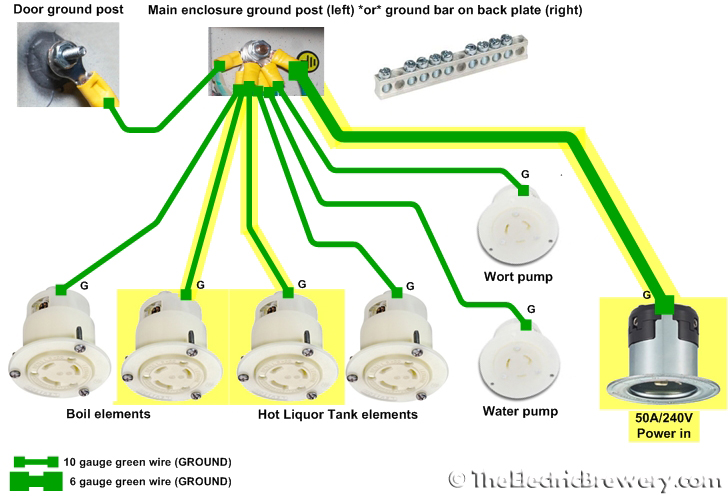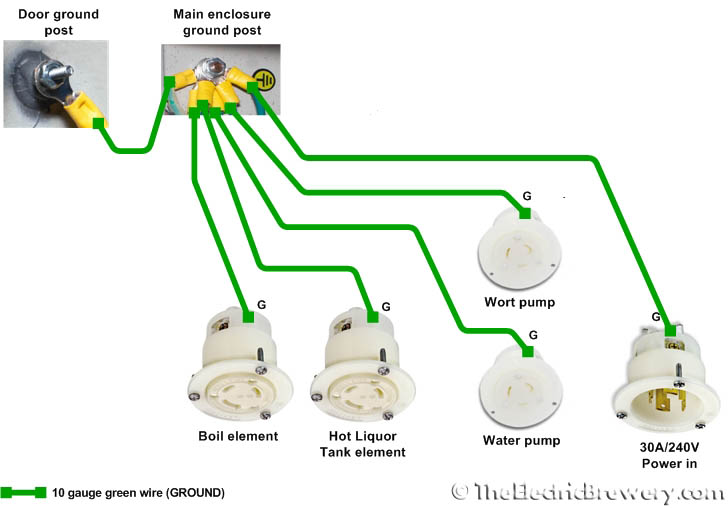jambop
Well-Known Member
It is good practice to perform at least annual maintenance on electrical panels. The cyclic heating and cooling of the screw terminals can cause them to loosen over time. If the connections loosen, the resistance goes up, and you get local heating - which can easily lead to the type of failures seen here, and worse. You should check the torque on all screw terminal connections in your panel regularly.
Brew on
Who would do that maintenance ? I myself am not competent to give an expert job what if someone was hurt or killed due to an amateur messing with something he knows nothing about? In fact most purchases of electrical goods carry the caveat that the electric should not be tampered with by non-qualified people .
Just unplug the unit before opening the panel.. simple enough to put in a maintenance manual. If you can't tighten a screw you probably aren't using this type of equipment. Or shouldn't be.
You are clearly not thinking straight NO manufacturer would advise a non qualified person to conduct such an undertaking as it leaves them wide open to a court case should something bad happen .










































